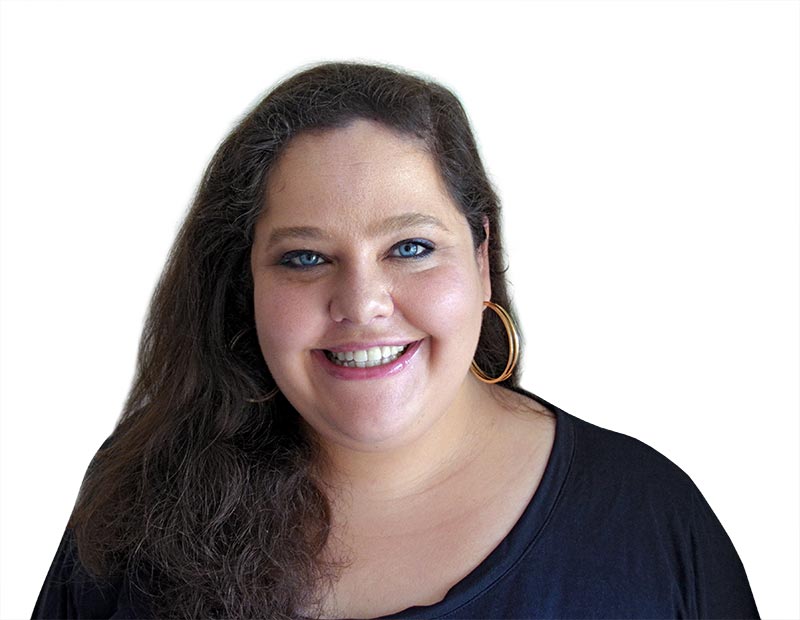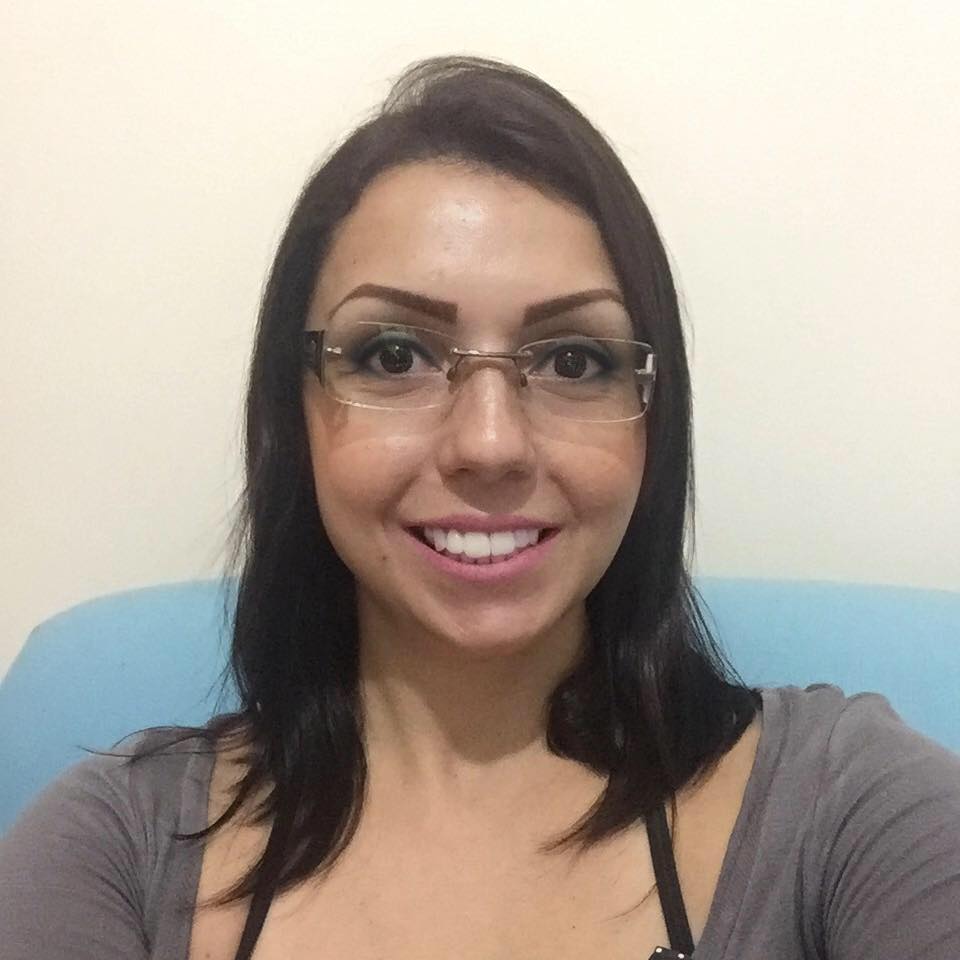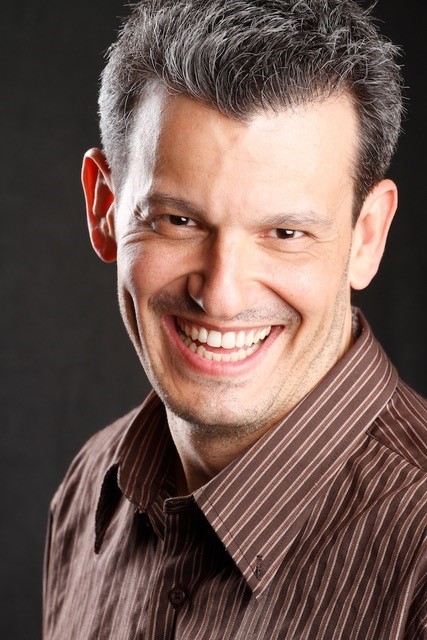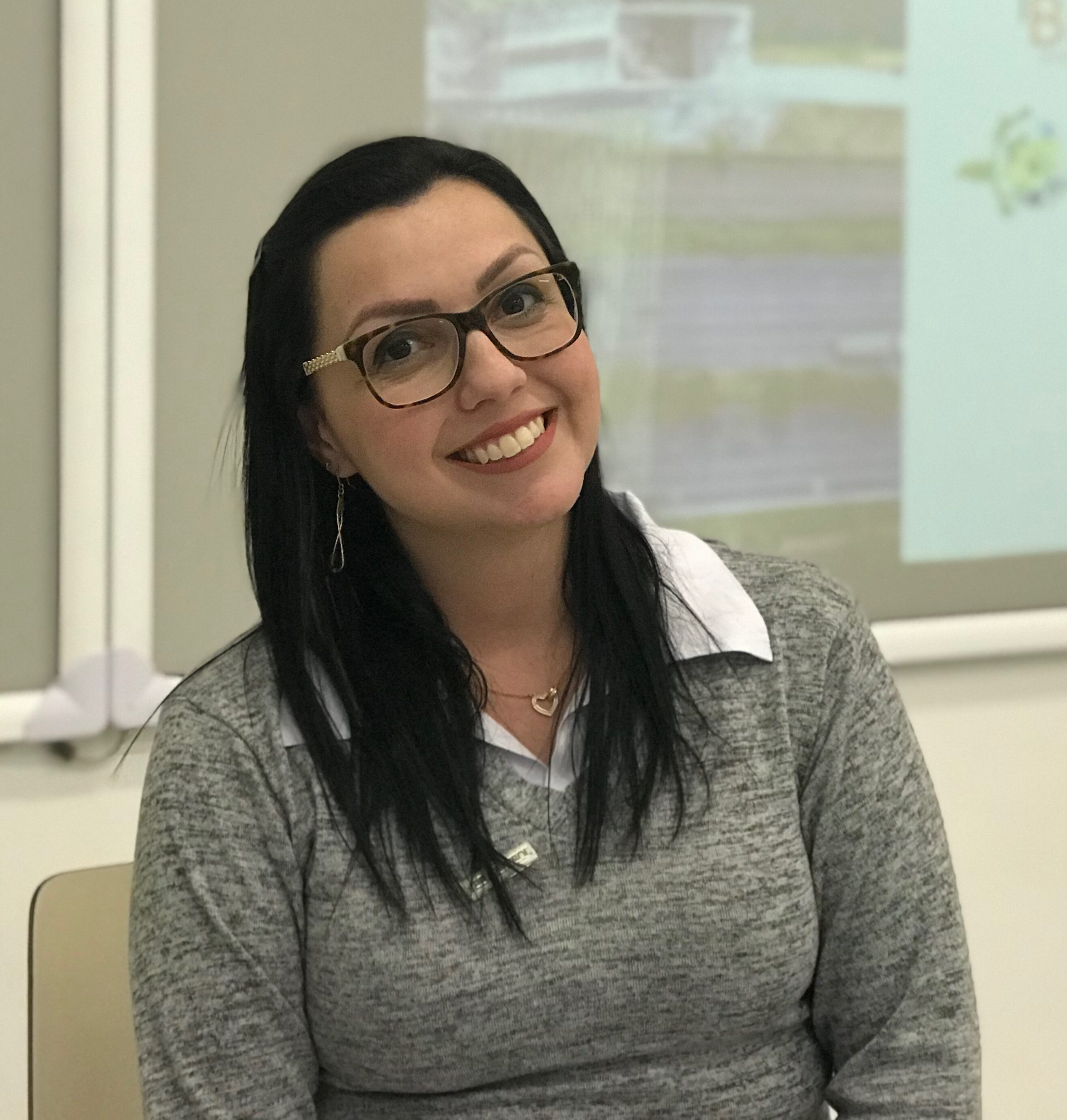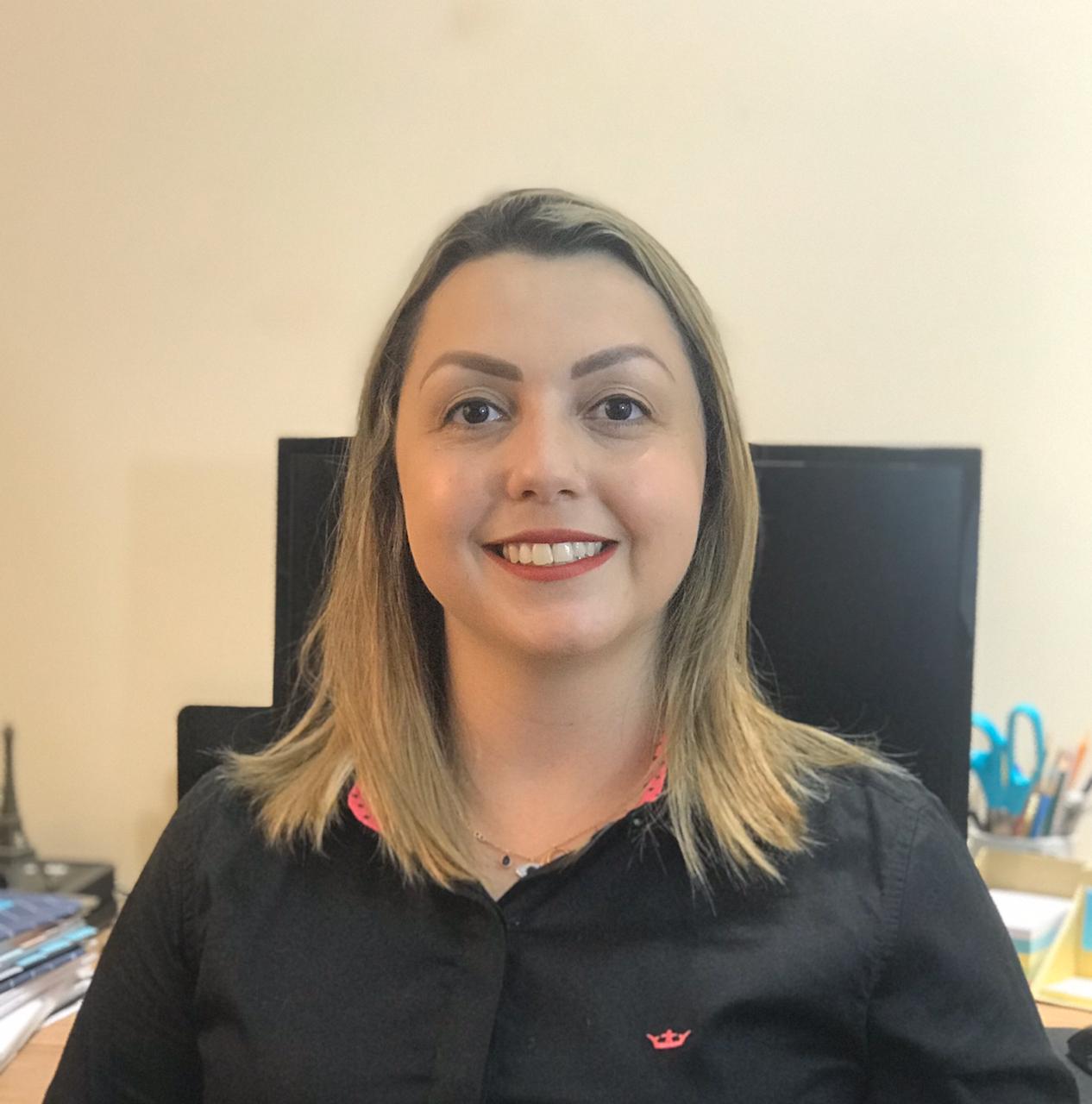Is there a genre for this text?
There’s a woman with a standing microphone next to a wooden stool on a stage. She speaks for about an hour and the paying audience laughs every now and then.
What is this?
It’s a stand-up comedy.
Or maybe it isn’t. Oftentimes, when we are working on skills in a language class, we treat genres as something simple to identify. You see the characteristics of the the text, you can tell the genre, or so we would like to think. Sometimes we can do that even before reading or listening to the content of the text.
Can we really, though?
Case in point: Nanette, a show which you can watch on Netflix, with the comedian Hannah Gadsby in her true blue Australian accent.
Funny we should say “true blue”. You need to listen to her talk about the color blue and how very contradictory that color is: you’re blue when you’re sad, she reminds us, but if you have an optimistic take on life, you see blue skies ahead.
The paradox of the color blue, that inner contradiction, represents well what Gadsby did in that show:
She’s a comedian doing a stand-up and telling us she’s quitting comedy.
She’s a comedian doing a stand-up and telling us her life story full of anger and sadness and beauty, and leading us (me at least) to tears.
She’s a comedian doing a stand-up and telling us what stand-ups are like, teaching us the structure of a joke and of a stand-up show, just to tear it apart completely. Like Mr M, the magician who would tell the secrets behind the magic, yet strangely still deliver a very interesting magic show that held audiences’ attention captive the world over.
Did she break the confines of the stand-up genre? Oh, well, she’s been broken, too. And “You all know,” she says, “there’s nothing stronger than a broken woman who has rebuilt herself.”
Maybe the stand-up genre is stronger now that it’s yielded to her pushing of the genre boundaries, now that it’s incorporated that different take on the genre. As Gadsby punctuates, “Diversity is strength. Difference is a teacher.”
That’s how I learned genre (and possibly that’s how I learned how to write as well). Not with model texts. Not through identifying the characteristics of an essay, a report, an article, or whatnot. Not from the same old, same old. No, I learned genre from difference and diversity.
I had a teacher in Australia, Prof Anne Freadman, who herself conflated genres in class. She was supposed to be teaching us Genre Theory at M.A. level (Genre Theory being what Australians call Discourse Analysis), but sometimes I left the room as if I had been given a good beating by a great poem or novel. You know that kind of art that makes you question life as you know it? That was the way she taught. (Incidentally, if you’re looking for that kind of experience in Brazil, I suggest signing up for anything Claudia Hilsdorf is teaching at Unicamp. The syllabus of the course is immaterial, as you’ll learn way beyond it anyway.)
The stand-up comedian reminded me of Prof. Freadman 11 years later because of the accent, of course, how could the accent not figure in this trip down memory lane, but mainly because of her pushing of the boundaries of the genre. Except Freadman taught me genres have no identifiable boundaries. Genres are not a set of characteristics nearly arranged on a ready-made list. For instance, if you look at a textbook, you may read that “An essay must have five paragraphs, a title, a topic sentence, etc.” “Must”? As if! A genre is defined, if anything, by its purpose, what we aim to do with (a comedy wants to make people laugh; a judge’s sentence punishes someone for a crime), and by what the community will accept as ways to reach that purpose. (But then again, we can always push new ways to reach that purpose. Or change the purpose. Can a comedy makes us think? Why, of course!)
In the first class of her course, Freadman had us plan a special meal in groups. Born and raised in Rio, I was in a group with an Indonesian, a Korean, and a Chinese classmates. We had way more difficulty doing the task than the Australian-only group because we couldn’t agree on what a side dish was (to many Asians, rice is the main dish and the side dishes are the proteins).
The second part of the task was much easier to us. We had to relate that meal planning to what genre is. The idea, I think, was that meals have moves — first the appetizers, then the main course, then the dessert — much like texts have moves as well — an essay is said to have an introduction, arguments, and a conclusion. However, the fact we didn’t understand meals in the same way made it plain to us that there’s always a tension in genres. With us, it was a cultural tension, but then again, when is there not a cultural tension? Ask Paulistas what “mistura” is and you’ll get an answer pretty much like the Asians’. Ask your neighbors what a good meal is, and you’ll soon find diversity and difference.
The tension of a text exists in relation to what it is not (the other genres) and with what it is, with the category it purportedly “belongs to”. Every text reinvents the genre, like Anne and Claudia reinvent teaching and Hanna reinvented comedy. Every text resignifies the genre, be it by highlighting its repetition of what has been done before, or by pushing the boundaries that are never really there, lines on the sand at most.
With Hanna, the punchline is perhaps unsaid: that was not a stand-up comedy and at the same time it was. Inbuilt diversity like the color blue.
And I thought, maybe this text is not fit for a teaching blog post, either. Yeah, by all means, you can read it as a post on what genre is and how we teach it (badly!). Or not. Either way, something is broken here. And that’s why I decided to post it, as a reminder that in language use, things are not as whole and complete and simple as we like to make it seem for teaching purposes.
That incompleteness is great, however. It’s what pushes us forward. It’s the holes in a text that push us to compose other texts. Hanna’s show prompted me to write this, whatever this text is. A genre causes other genres.
A genre can even justify human actions, taught prof Freadman in a way that showed me how to bring critical thinking to class. But I’ll leave it at that for now.
Watch Hanna’s show. Maybe there’s a lesson there somewhere. Maybe it won’t be an EFL lesson, but hey, it’s the end of the semester anyway.

